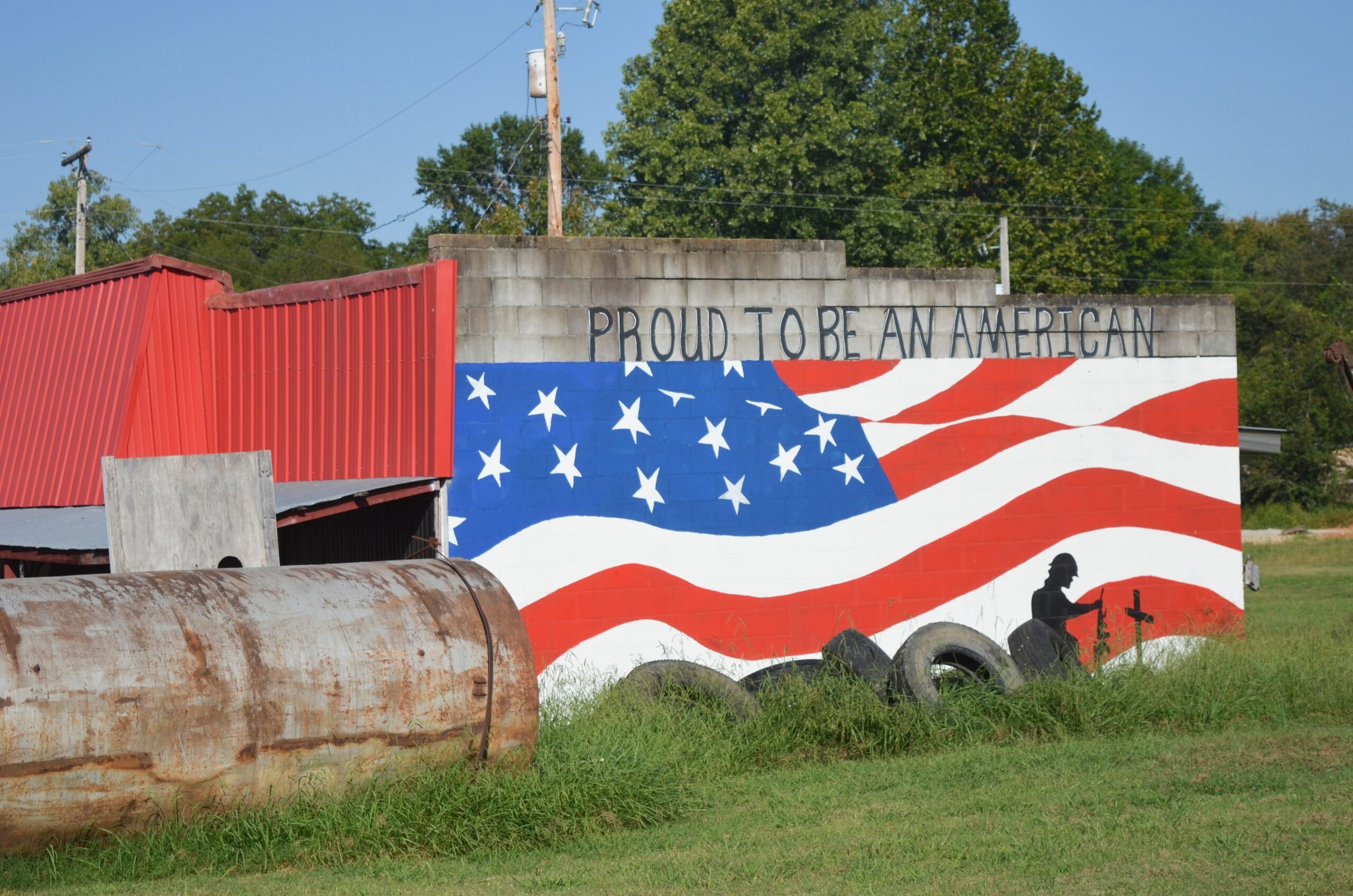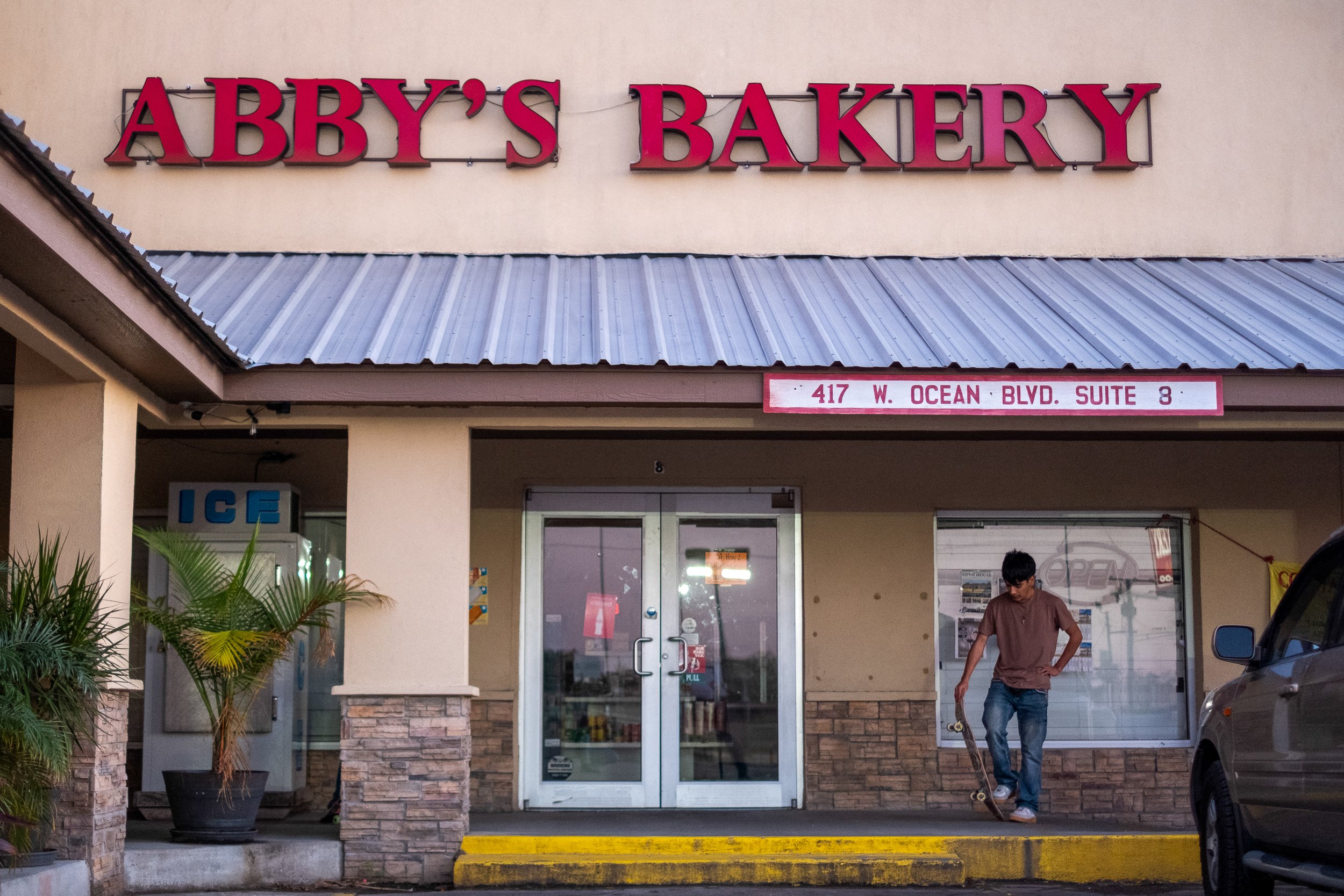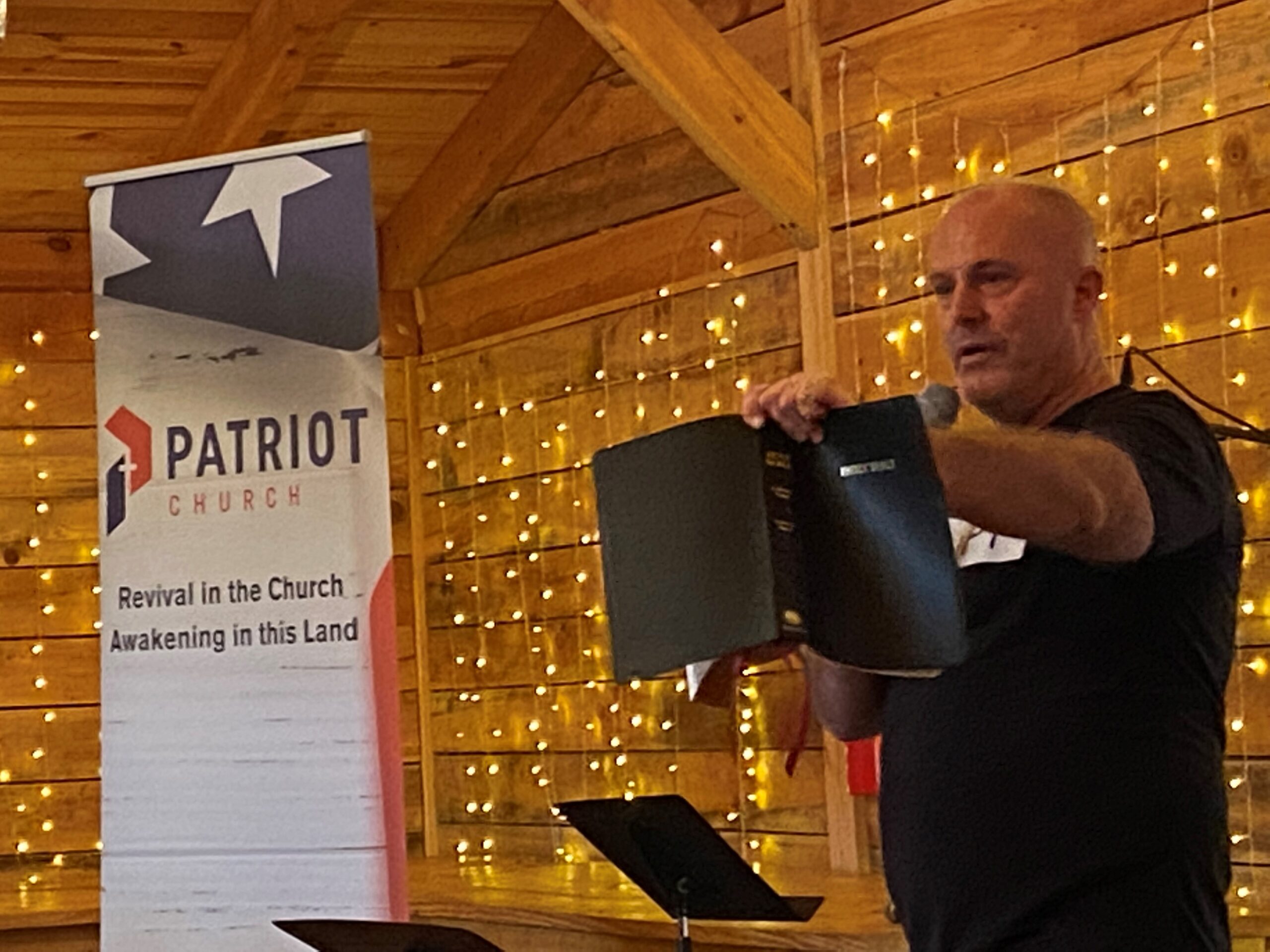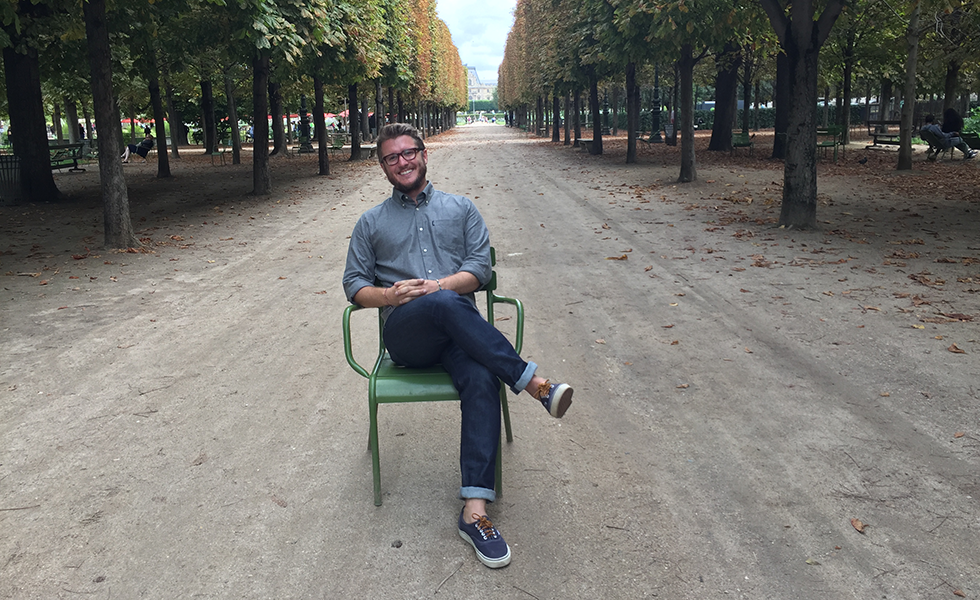
How Less-educated Whites Fell Behind and Blamed Race
In Clinton, Arkansas, a reporter examines the effects of a stagnant economy on the place she came from.
A version of this story ran in the July / August 2023 issue.
The following is an excerpt from Forgotten Girls: A Memoir about Friendship and Lost Promise in America.
The fortunes of rural towns like Clinton, Arkansas collapsed during my young adulthood, from 2000 to 2010. The period was marked by recessions—the dot-com bust, the economic slump after 9/11, and the Great Recession. But those disasters laid bare a longer-running problem, a contraction of good jobs and an expansion of lowpaying ones in the service sector at places like Walmart, which began in Arkansas. On the East Coast, I entered job markets that were vibrant and growing, however fitfully, but in my hometown and places like it, the manual labor jobs once fueled by the building and infrastructure booms started to disappear.

Blue-collar families in 2018 were essentially making the same amount of money as their counterparts had in 1978, so even in the best circumstances, my childhood best friend Darci Brawner and her partner George Bigelow might have brought in approximately what our parents had made thirty years before. The Great Recession, which began at the end of 2007, finally made the decline obvious. In rural places like Clinton, the bottom fell out of the economy, and people who’d forgone college to work their way up found that there was no up to get to.
In 2008 the chicken-processing plant next to the middle school, where my grandparents and Darci’s dad had worked, closed. In 2006 a plant that had made electrical cords closed. In 2013 a frozen food company moved into that space, promising to hire hundreds; it hired about a dozen instead. In 2008 a boat factory that employed about eighty was hit by a massive tornado, and it did not survive.
The natural gas boom allowed people in Arkansas and in Pennsylvania, Oklahoma, North Dakota, and a few other states to stave off full-blown disaster. At first, people made money selling the mineral rights to their land, or from natural-gas production, and local men were hired to build the platforms for gas wells and to work in the industry. A handful of people around the county hit the lottery, earning millions. The boom was short-lived. The price of natural gas plummeted in 2009. There had been too much supply, and with the recession, the companies left for Texas, where the gas was easier and more profitable to extract. Jobs left with them. A few people stayed with the industry, commuting by plane for long workweeks, or traveling by RV to jobs and coming home to Arkansas in the off periods. But even those jobs had become scarce.
The Great Recession widened the gap between the most and least well-off areas of the United States in what the Brookings Institute called the Great Reshuffling. The places where the economy not only bounced back but thrived, where jobs grew and businesses were created, were concentrated on the coasts, especially the Northeast Corridor and the Pacific Northwest, and in a few places in between: Utah, Colorado, Minnesota, Wisconsin, and Texas. Suburban and urban zip codes did best. The most prosperous zip codes also had higher rates of educational attainment, with 45 percent of the country’s advanced degree holders living in them. These trends persisted through the Covid-19 pandemic. Black Americans, Latinos, and rural whites, on the other hand, are more likely to live in “distressed” zip codes, places losing both jobs and people. A third of Arkansas’s population lives in a distressed zip code. These places, where the least educated white Americans are clustered, are unlikely ever to recover.
The place that less-educated white people occupy in the national fabric has changed as well. Once farmer-settlers, they have now been left behind by progress. As Isabel Wilkerson writes in her 2020 book Caste: The Origins of Our Discontents, the United States is best understood as a society with a modern caste system, a rigid racial hierarchy created before our country’s birth. While Blacks are at the bottom of the hierarchy, the least-educated whites are the lowest ranking among the dominant group. Even when people in this group knew they weren’t the best off, what kept them from feeling that they were at the very bottom was the color of their skin.
Even when people in this group knew they weren’t the best off, what kept them from feeling that they were at the very bottom was the color of their skin.
Political scientists, Wilkerson writes, call white Americans’ response to recent social changes “dominant group status threat.” Consciously or not, they feel they are entitled to some measure of security and comfort based on their whiteness, to privileges that were afforded previous generations of their families, and they react with cultural fury and depression when that is threatened. They benefited from a system that relied on the oppression of people of color, especially Black Americans, but they resisted that truth. In her 2021 book The Sum of Us, Heather McGhee, a former president of Demos, a think tank that promotes racial and economic equality, writes that these two trends are of a piece: “Racial hierarchy offered white people a reprieve from the class hierarchy and gave white women an escape valve from gender oppression.” Racism was used as a wedge to gain political support for policies, but when those policies ultimately drained public resources, they hurt many of the same white Americans who voted for them.
While the racial caste system hasn’t gone away, an educational caste system has been laid alongside it, and people in areas like my home county feel they are losing status, even as the most highly educated Americans of any race move upward. “In the zero-sum stakes of a caste system upheld by perceived scarcity, if a lower-caste person goes up a rung, an upper-caste person goes down. The elevation of others amounts to a demotion of oneself, thus equality feels like a demotion,” Wilkerson writes. “… Thus, a caste system makes a captive of everyone within it.” This helps explain why many of those without college educations are so hostile to those who have one. Non-college-educated white Americans were the biggest voters for Donald Trump, and part of what they were rejecting was “elitism,” an educational hierarchy that ranks them lowest. When Trump voters revolted, when they stormed the Capitol on January 6, 2021, part of what they wanted restored was a racial caste system that ranked them nearer the top because they were white: the Confederate battle flags they carried that day gave them away.
What the people of Clinton see all around them is decline and erosion, even as the rest of the country seems to be moving forward and somehow benefiting from what they’ve lost. Everything about the structure and culture of our town was unprepared for the new century. The lack of education, the lack of connections to good jobs, the departure of some young adults to pursue good work elsewhere all doomed those left behind after the recession.



